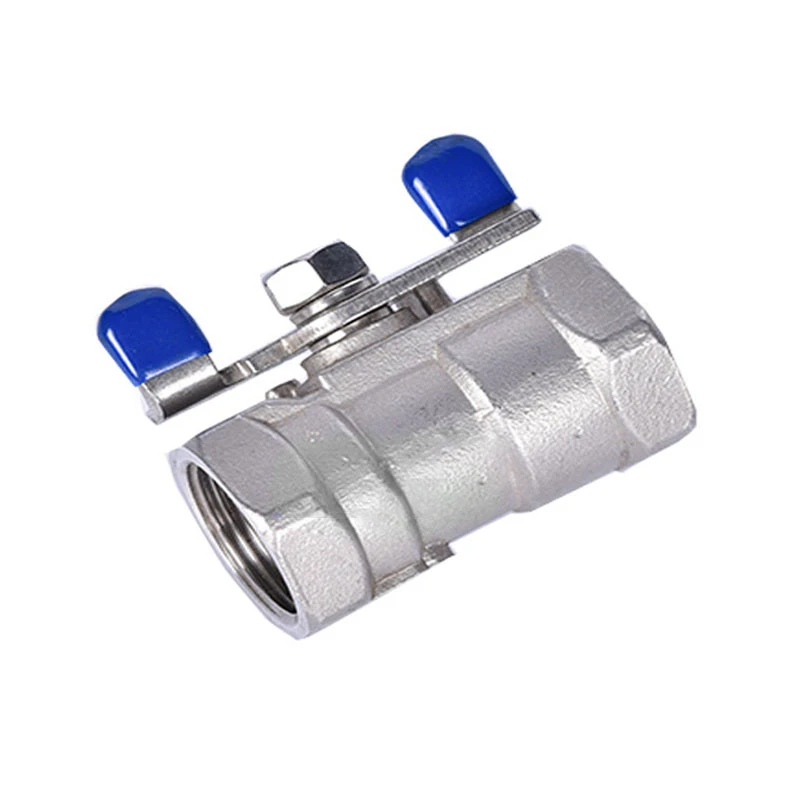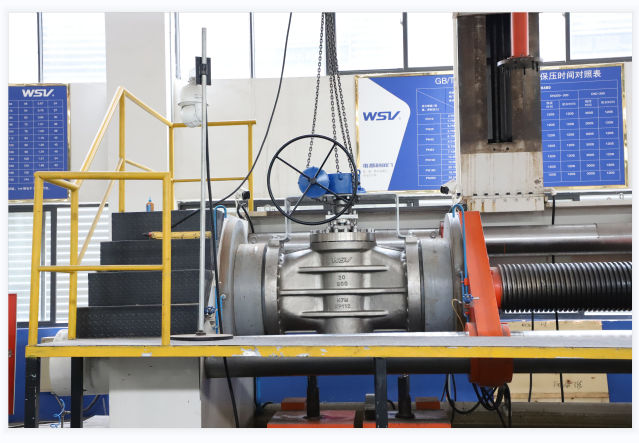What Are the Common Connection Methods for Imported Valves? valve compressor spring
clay valves
dump valve
cooling tower valves company
erp w10179146 refrigerator water valve
Imported valves need to have a way to connect to pipelines, and this way of connecting valves and pipelines together is called the valve connection method.
Threaded connection for industrial valves
This connection typically involves machining the inlet and outlet ends of industrial valves into conical tube threads, which will then be screwed into the threaded joints or pipelines. Since this type of connection may result in significant leakage channels, sealants, sealing tapes or fillers may need to be used to block these channels. If the valve body material is weldable, sealing welding can be done after the threaded connection. If the material of the connecting component can be welded, but the difference in expansion coefficient is large, or the range of variation in working temperature is large, the threaded connecting component must be seal welded.
Threaded connections are mainly used for valves with nominal diameter below 50mm. If the diameter size is too large, the installation and sealing of the connection part can be very difficult. In order to facilitate the installation and disassembly of valves with threaded connections, pipe joints can be used at appropriate positions in the pipeline system. Socket joints can be used as pipe joints for valves with nominal diameters below 50mm, and the threads of the socket joints will connect the two parts together. Threaded connections are commonly used for imported solenoid valves, imported pressure reducing valves, imported ball valves, imported gas reducing valves, and imported internal threaded ball valves.

Flange connection for industrial valves
Flange-connected industrial valves are easier to install and disassemble than threaded connections. However, they are bulkier than threaded connections and correspondingly more expensive. Therefore, they are suitable for pipeline connections with various diameters and pressures. However, when the temperature exceeds 350℃, the creep relaxation of bolts, gaskets and flanges will significantly reduce the load of the bolts, which may cause leaks in flange connections subject to high stress. Flange connections are the most commonly used connection method for imported valves and can be used for almost all types of valves, such as imported flange ball valves, imported flange butterfly valves, imported flange check valves, imported flange globe valves, and so on.
Welding connection for industrial valves
This connection is suitable for various pressures and temperatures, and is more reliable under more stringent conditions than flange connections. However, disassembly and reinstallation of valves with welding connections can be quite difficult, so their use is limited to applications where they can reliably operate for long periods of time or where operating conditions are harsh and temperatures are high, such as in power plants, nuclear engineering, ethylene engineering pipelines, and so on.
Welded valves with nominal diameters below 50mm usually have welding sockets to connect to planar end pipelines. Since the socket welding leaves a crevice between the socket and the pipeline, the crevice may be subject to corrosion by certain media, and the vibration of the pipeline may cause fatigue at the connection site. Therefore, the use of socket welding is subject to certain restrictions. In applications with larger nominal diameters, stringent operating conditions, and high temperatures, the valve body is typically connected by butt welding, and strict requirements are imposed on the welds. Examples include imported welded high-pressure globe valves, welded high-pressure check valves, imported welded high-pressure ball valves and so on.
Related News & Blog
The Advantages and Limitations of Inconel Valves
In today’s rapidly evolving industrial landscape, quality valves play a critical role in controlling the flow of various substances. Among the wide range of valve materials available, Inconel valv…
The Construction and Components of Butterfly Valves
In the world of valves, the butterfly valve stands as an essential component in controlling and regulating fluid flow. With its unique design and construction, it offers numerous advantages over other…
The Different Operating Mechanisms for Gate Valves
Gate valves are an essential component in various industries, including oil and gas, power generation, water treatment, and more. These valves are known for providing excellent shut-off capabilities b…
